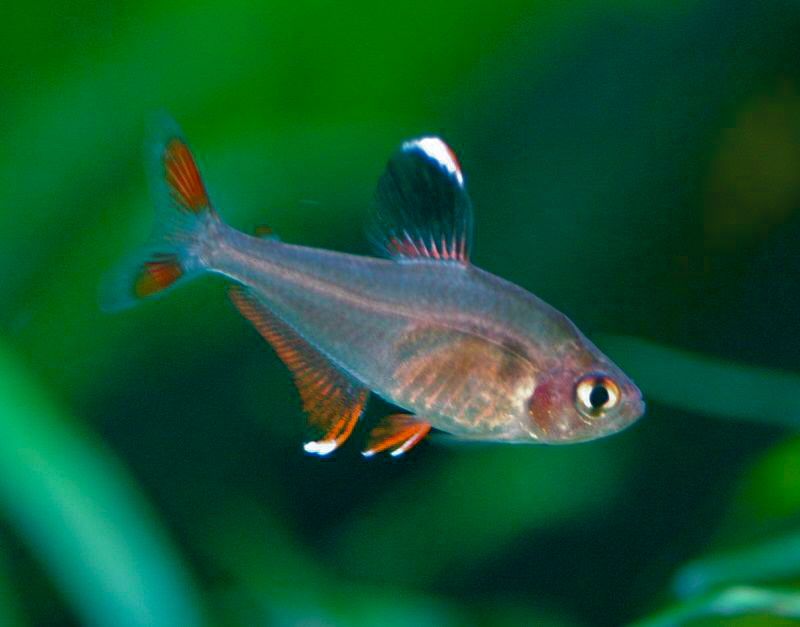SKU:5051
ORNATE TETRA (Hyphessobrycon Bentosi)
ORNATE TETRA (Hyphessobrycon Bentosi)
40 in stock
Couldn't load pickup availability
The Ornate Tetra Hyphessobrycon bentosi has an astonishing yet delicately pretty coloration, complemented by its pleasing personality. Though its body shape resembles larger tetras like the Bleeding Heart TetraHyphessobrycon erythrostigma, its coloration is more similar to its close cousin, the Rosy Tetra, Hyphessobrycon rosaceus.
In fact, the Ornate Tetra resembles its cousin so closely that this fish is commonly known as the False Rosy Tetra. Both have a pink-to-deep-salmon coloration, though the Ornate Tetra is a bit more transparent. Both also have darker red markings on their fins. However, the Ornate Tetra always has white-tipped fins while the Rosy may or may not, and the Rosy Tetra has a black marking or ‘flag’ on its dorsal fin. Other common names the Ornate Tetra is known by include White Tip Tetra, White Fin Ornate Tetra, and Bentos Tetra.
The Ornate Tetra is relatively hardy and moderately easy to care for. Its needs are also similar to its close cousin. Both tetras must have pristine water as they do not tolerate water condition changes well. The handsome and pleasant Ornate Tetra deserves the bit of extra work needed to keep it.
This little fish will reward a dedicated hobbyist with hours of entertainment as it moves about the aquarium in a dignified but energetic fashion. Multiple companions are needed for this little fish. A school of 6 is the generally accepted minimum. But although the Ornate Tetra has schooling tendencies, it will usually only school tightly when it is disturbed by large tankmates or water changes. This tetra dislikes nothing more than unruly tankmates.
Like many fish, the Ornate Tetra will appreciate a planted tank. Although it prefers softer and acidic water, many tank-bred specimens have spent their lives otherwise and will adapt. Wild-caught specimens, on the other hand, will be miserable in sub-optimal conditions
Share


